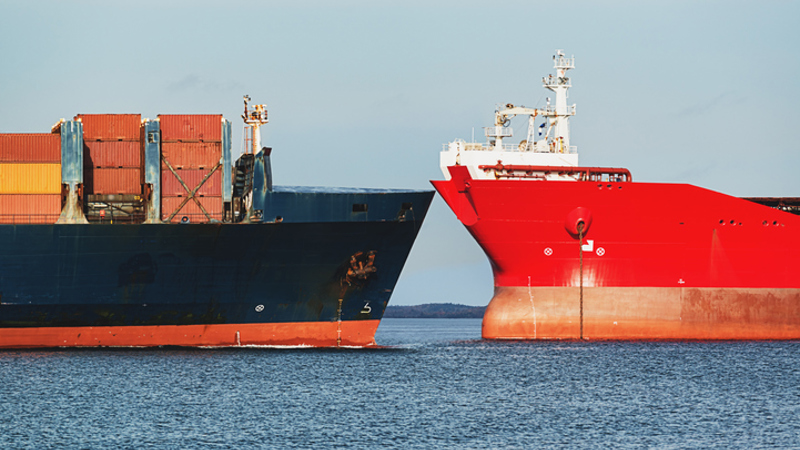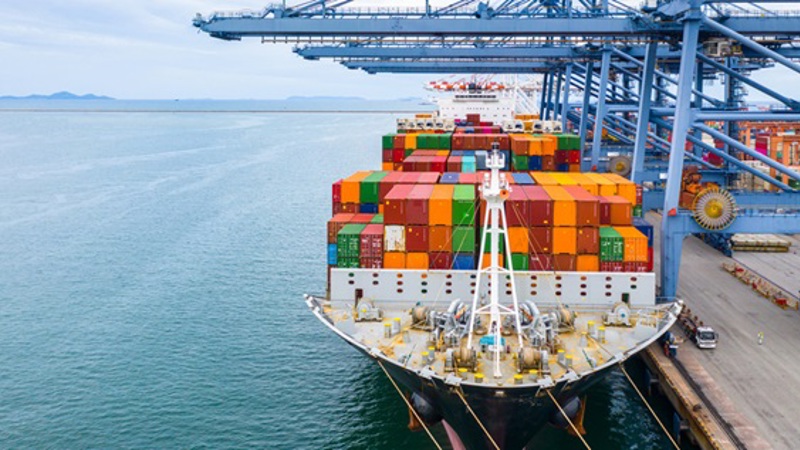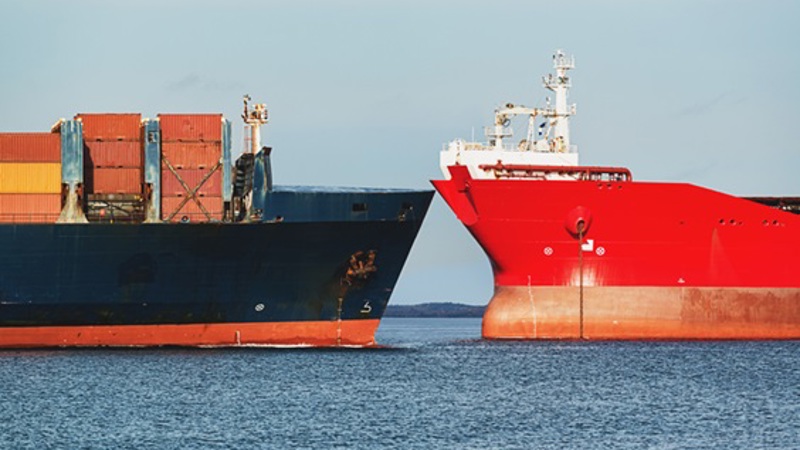The ‘hide-and-seek’ issue; collection of evidence in transport matters
Maart 2022
After an incident during transport, it is not uncommon that the party that may be held liable for damage caused by the incident is unwilling to clarify how the incident could happen and/or to provide supporting, relevant documentation. The potential claimant may be given little to no options to investigate. In the Netherlands, various legal options are available to get access to information and documentation, also at an early stage. Recent case law shows that the Dutch Courts are willing to apply the same. Jolien Kruit and Vincent Pool provide an update.
Dutch procedural law provides for several options to assist a party to get access to information and documentation that is in another party’s custody. Or in other words: To tackle a ‘hide-and-seek’ strategy, if any. The following options are discussed below:
- Attachment of evidence;
- Preliminary witness hearing;
- Court order to a party to provide evidence;
- Instruction of a maritime court surveyor.
In addition, in cases before a Dutch court the burden of proof is also used to create a more equal playing field.
1. Attachment of evidence
It is common knowledge that the Netherlands are a good jurisdiction to arrest vessels[1], bank accounts[2] and other assets of one’s debtor. Less well known is that evidence can also be ’attached’. A party with a legitimate interest in safeguarding evidence can grant the court’s permission to preserve evidence by way of a conservatory attachment. The attachment petition should contain a list specifying particular documents or, for example, engine parts along with an explanation as to why the same are relevant for the party requesting the attachment. In addition, requirements with regard to the legitimacy of the claim and measures to safeguard the integrity of the arrest documentation have to be met. The presence of an IT specialist, who can assist the bailiff with the extraction of the documentation from the computer systems, may be required.
It is also possible to attach evidence that is not in the debtor’s actual possession, but is in the custody of third parties. For instance, it is possible to attach evidence and documentation that has been taken off the vessel and is kept at the offices of the vessel’s agent.
After the attachment, the documentation is not made directly available to the party on whose behalf the attachment was made. The attachment ensures that evidence is kept safe. A judicial order will need to be obtained, granting the arresting party access to the attached documentation. In practice, however, after an attachment of evidence has been made, it is not uncommon for parties to agree amicably that the arrested documentation may be accessed. In any event, the attachment prevents that evidence and documentation disappears.
2. Preliminary witness hearing
The Dutch Procedural Code provides the option to hear witnesses under oath before proceedings on the merits have been started. When the Dutch Court has jurisdiction on the merits of the case or the case does not fall within the scope of the European Brussels I-bis Regulation, this is an interesting option. Especially as it may be the only chance to hear persons involved in an incident shortly after the incident when the memory is still fresh. Moreover, these persons may leave the jurisdiction and may no longer be available for an interview at a later stage.
3. Court order to a party to provide evidence
A Dutch court can also be requested to order that a party has to provide specific documents. The person requesting the same will need to show that (1) he has a legitimate interest; (2) the documentation requested relates to a legal relationship between the party requesting the attachment on the one hand and the party who has legal control over the documents on the other; (3) the request needs to pertain to specific documents, thus excluding ‘fishing expeditions’.
In a recent decision, the Maritime Chamber of the District Court of Rotterdam ordered a shipowner to provide inter alia owners’/managers’ internal ISM investigation report; maintenance, repair and spare parts consumption records for the 12 months before the casualty; as well as crew statements/reports/certificate of competency, and hand over reports of the chief and second engineers, including reports/statements given to authorities regarding the casualty. The court also set a penalty of € 10,000 per each day that the shipowner failed to provide the same.
4. Instruction of a maritime court surveyor
In the last years, the option to appoint a court surveyor in maritime matters has become more established. The recommendations of the working group jointly established by the Maritime Chamber of the District Court of Rotterdam, the Erasmus University and the Dutch Transport Law Association seem to have effect as they have made the court surveyor a more effective tool for fact finding.[3]
The court can appoint a court surveyor to investigate the incident and advise on the cause thereof in a report. However, the court can also merely give the court surveyor a limited instruction. The court surveyor can, for example, only be asked to gather documentation and to provide the same to the parties involved. A court surveyor could also be appointed merely to take interviews with persons involved, like the master and crew. The court can interfere when no or insufficient assistance is granted. The option is not limited to cases in which the merits are to be dealt with by Dutch courts.
Timely preservation of evidence can make all the difference to the outcome of the case. Dutch Courts do appreciate that and are willing to make sure that the ‘hide-and seek’ game is played by the rules.
* * *
[1] See also: https://www.vantraa.nl/nl/kennis/the-netherlands-a-ship-arrest-paradise/
[2] See also: https://www.vantraa.nl/en/know-how/conservatory-arrest-of-assets-in-the-netherlands-obtaining-security-putting-pressure-andor-creating-jurisdiction/
[3] See also https://www.vantraa.nl/en/know-how/dutch-court-surveyor-in-maritime-matters-another-fact-finding-tool/










